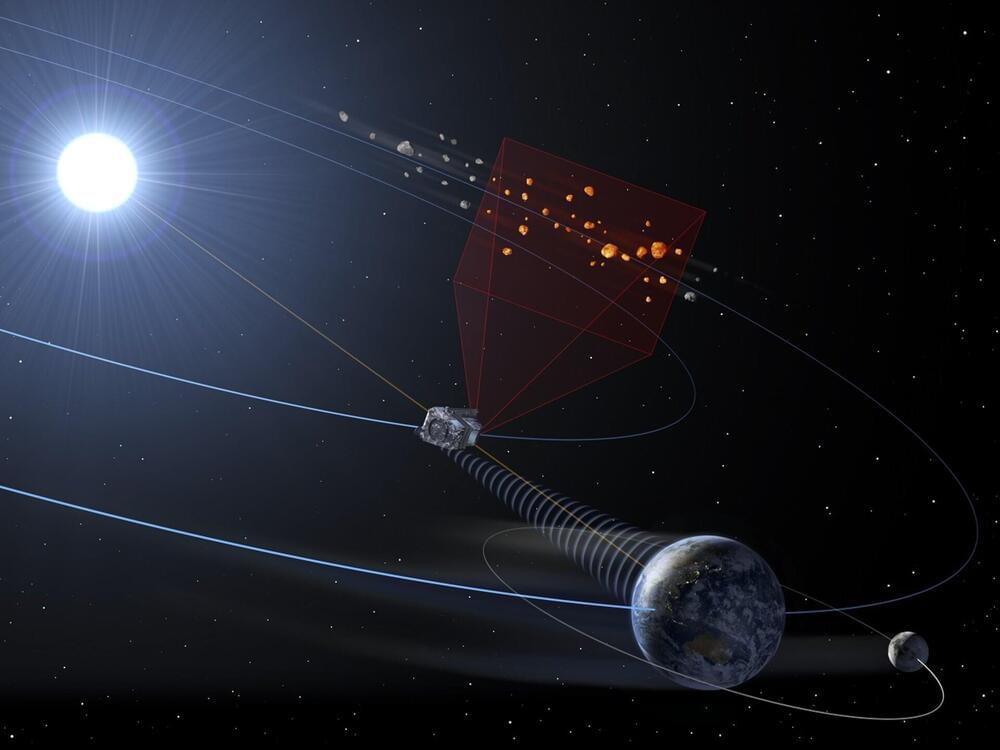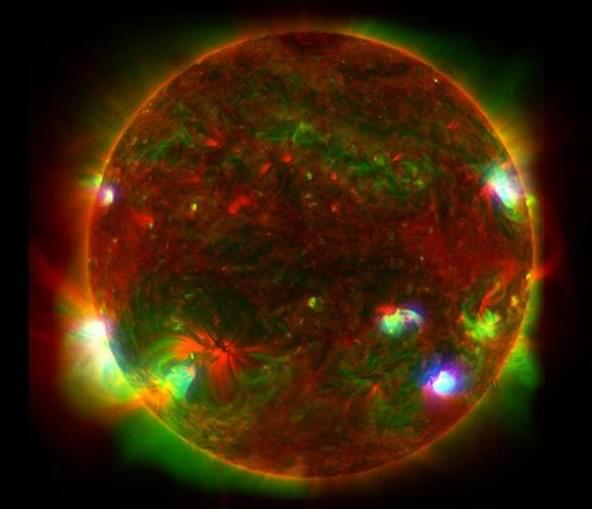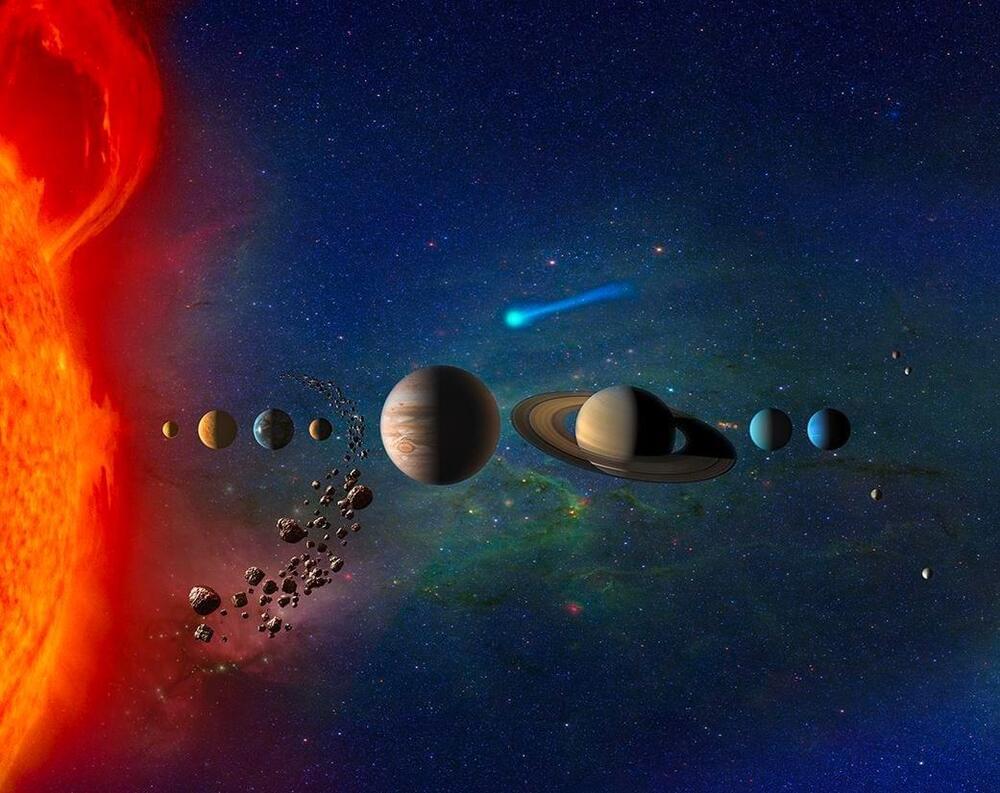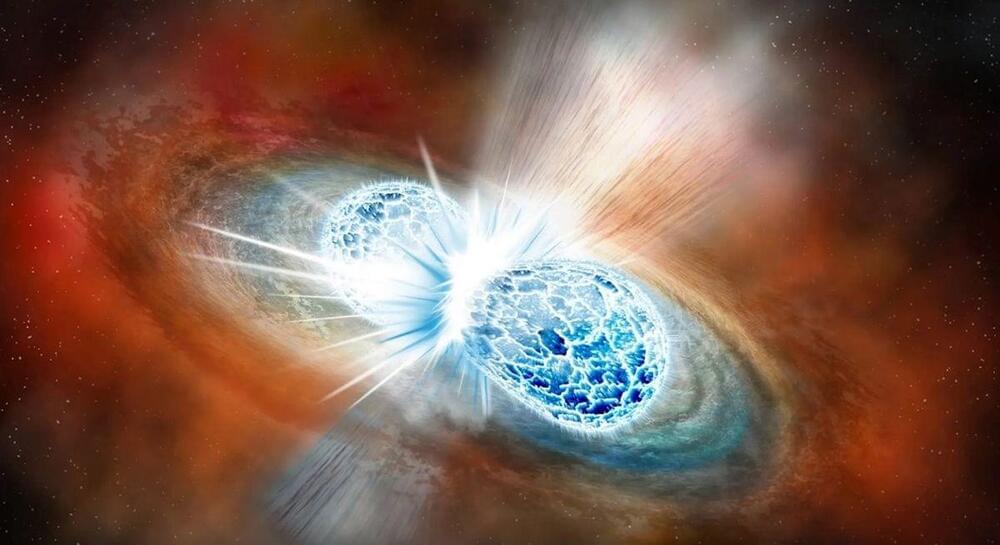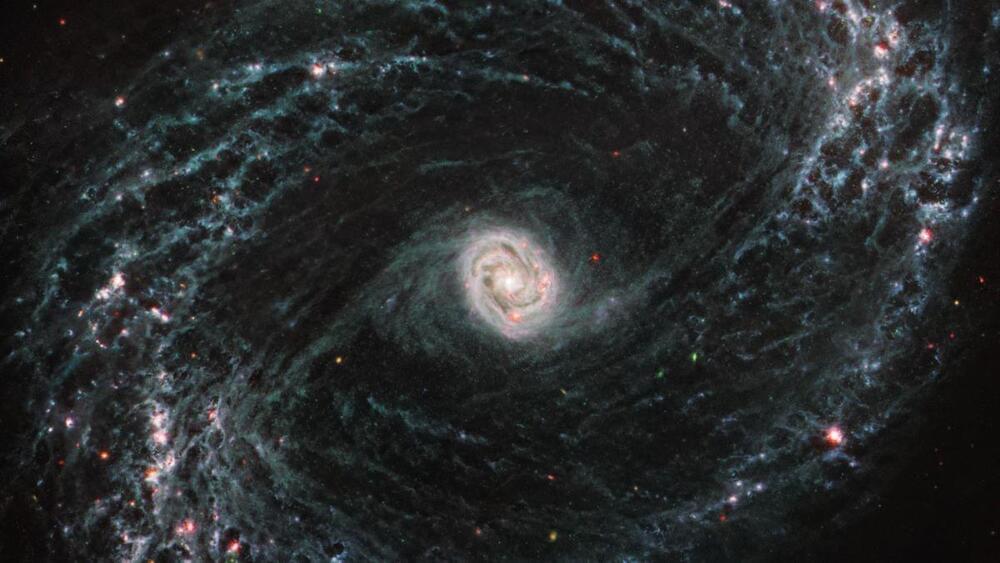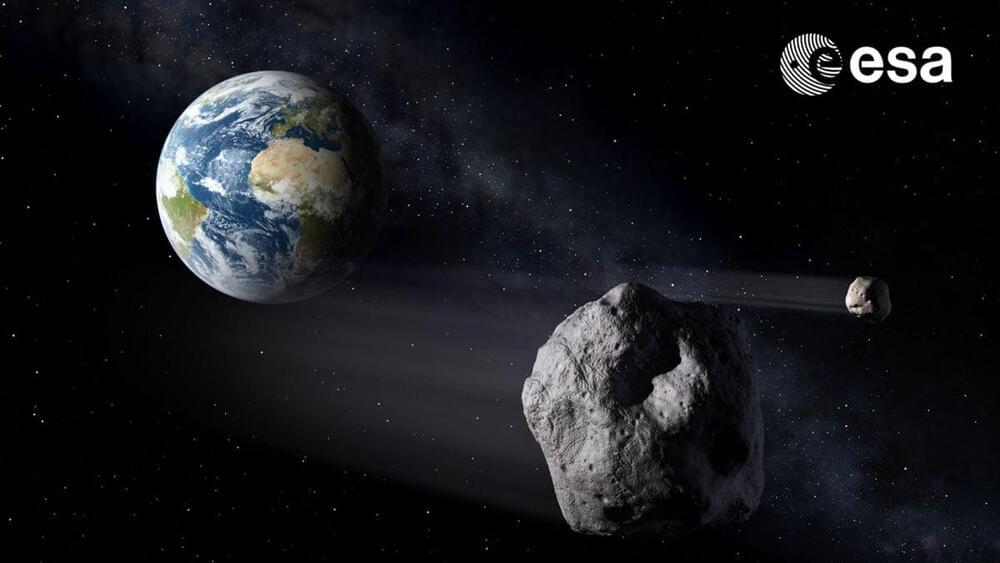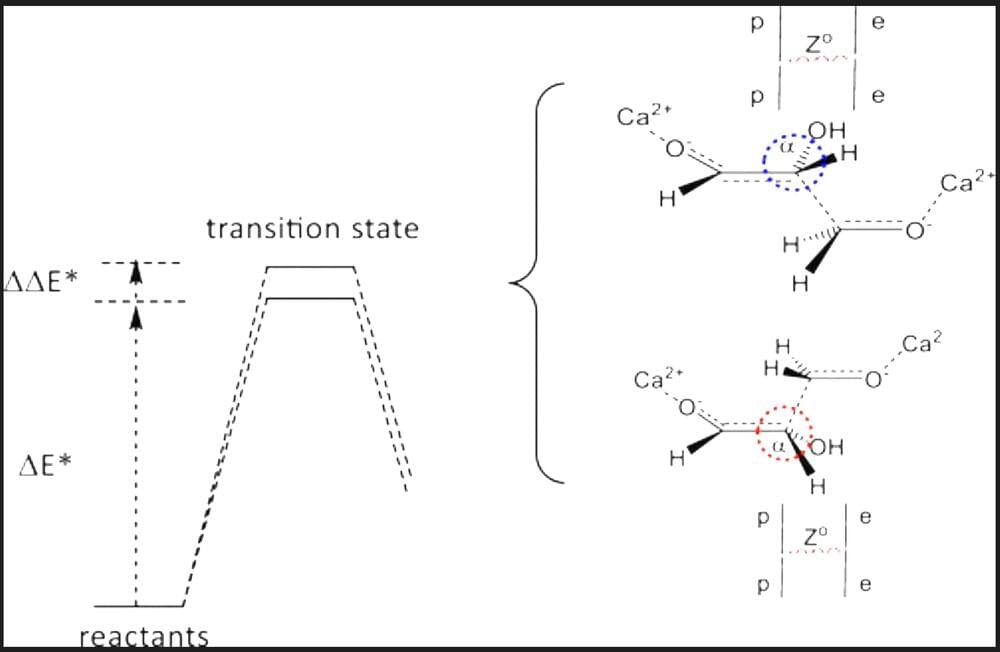Feb 21, 2023
Japanese startup unveils balloon flight space viewing tours
Posted by Omuterema Akhahenda in category: space
TOKYO (AP) — A Japanese startup announced plans Tuesday to launch commercial space viewing balloon flights that it hopes will bring an otherwise astronomically expensive experience down to Earth.
Company CEO Keisuke Iwaya said passengers do not need to be billionaires, go through intense training or have the language skills needed to fly in a rocket.
“It’s safe, economical and gentle for people,” Iwaya told reporters. “The idea is to make space tourism for everyone.” He said he wants to “democratize space.”

